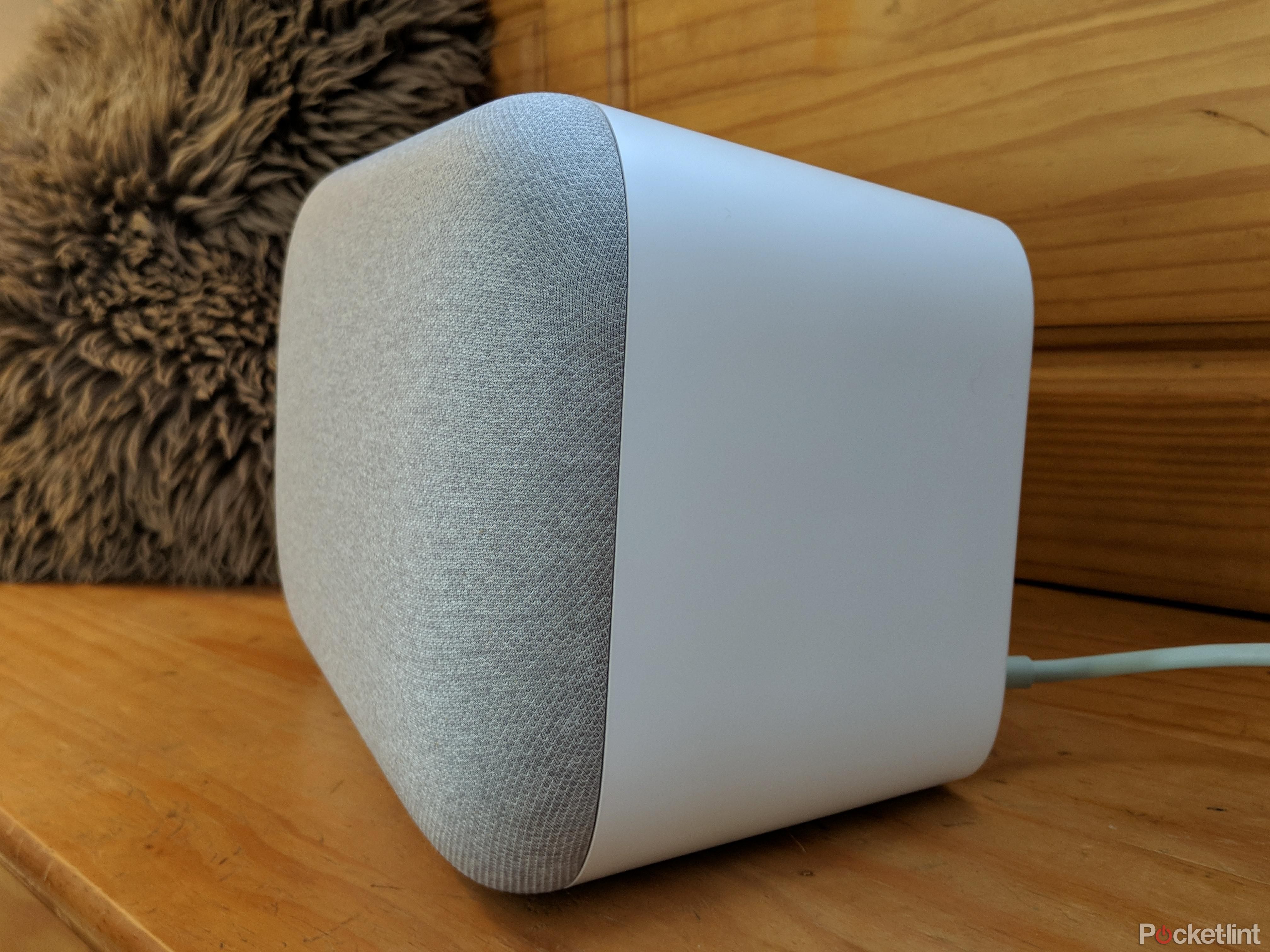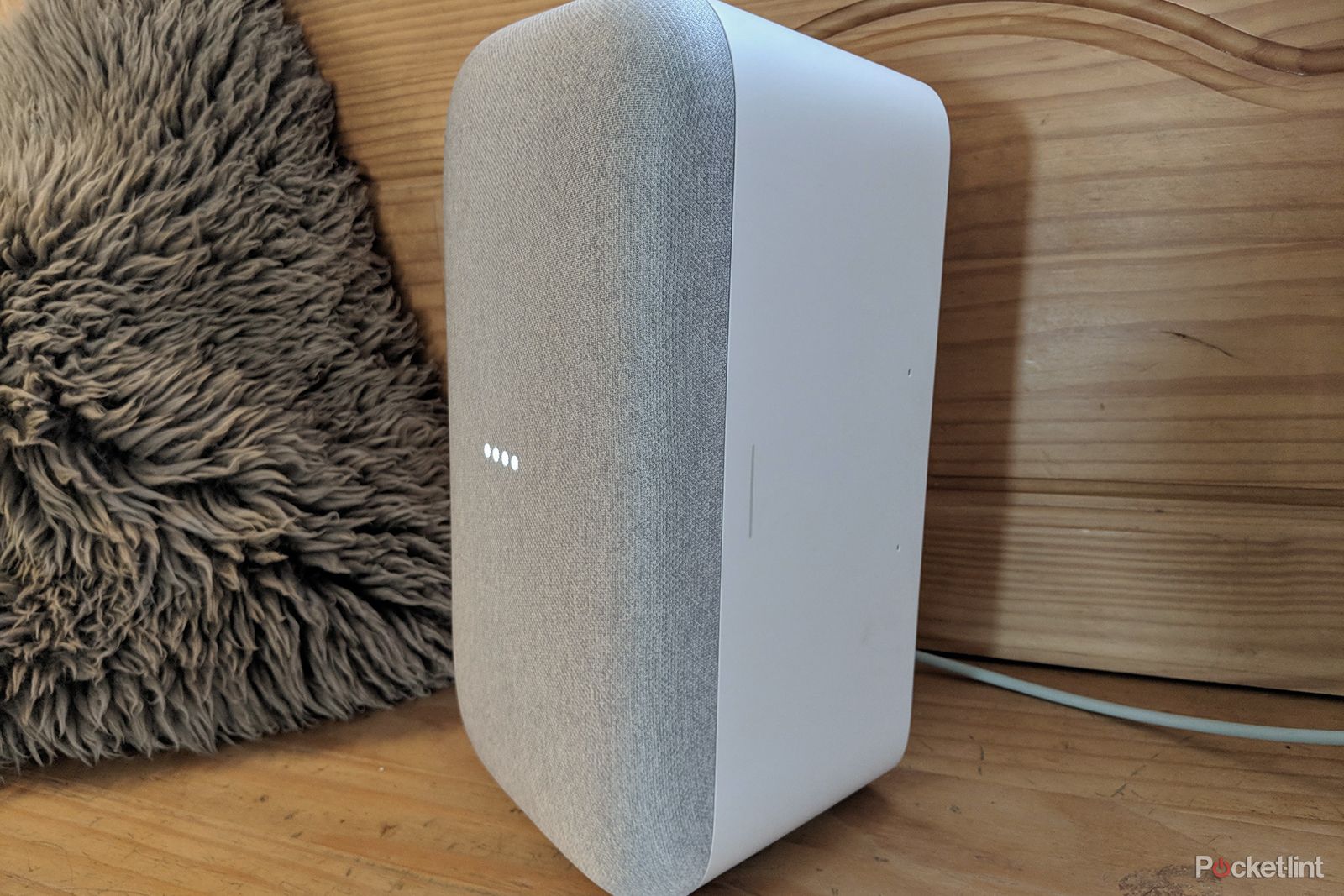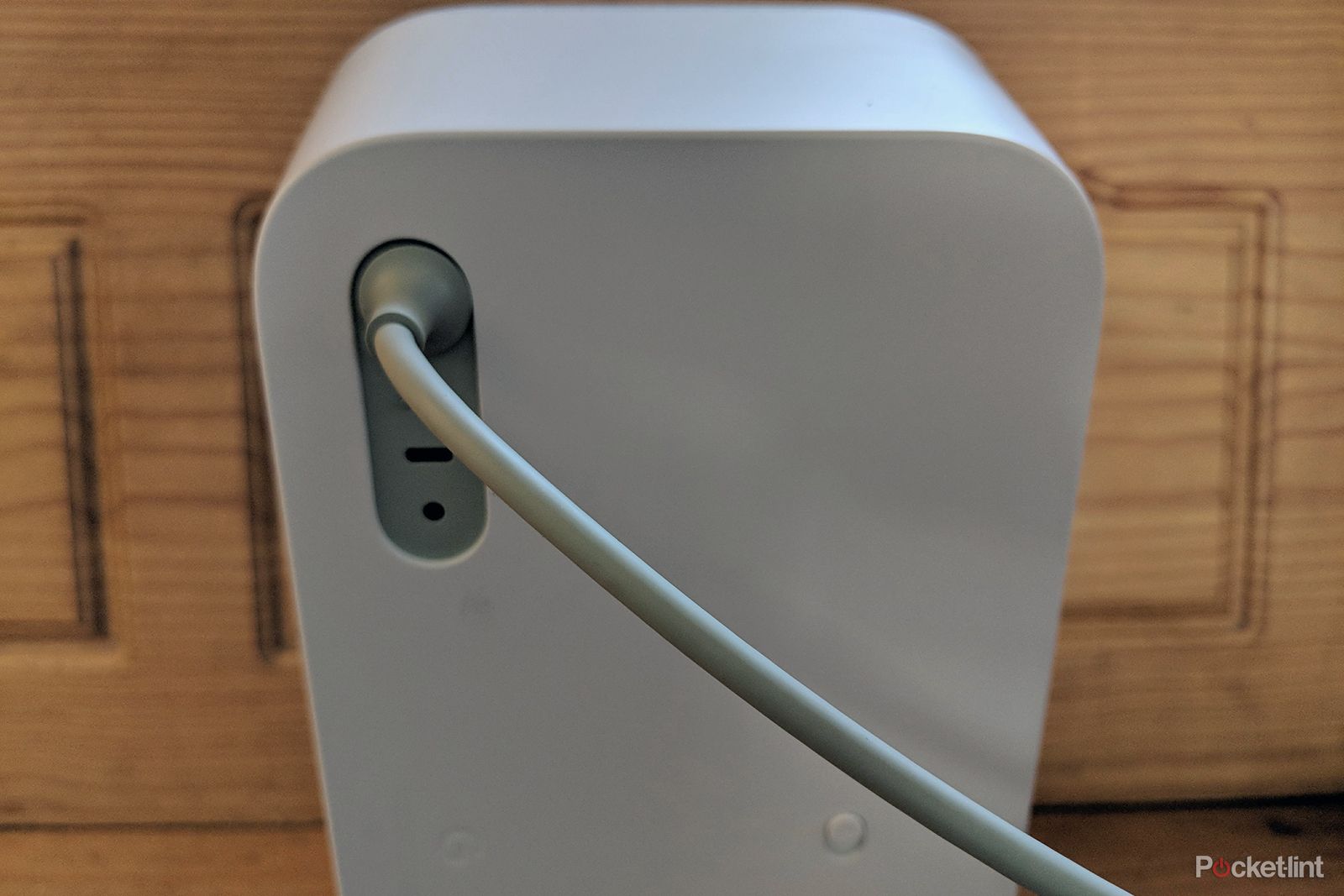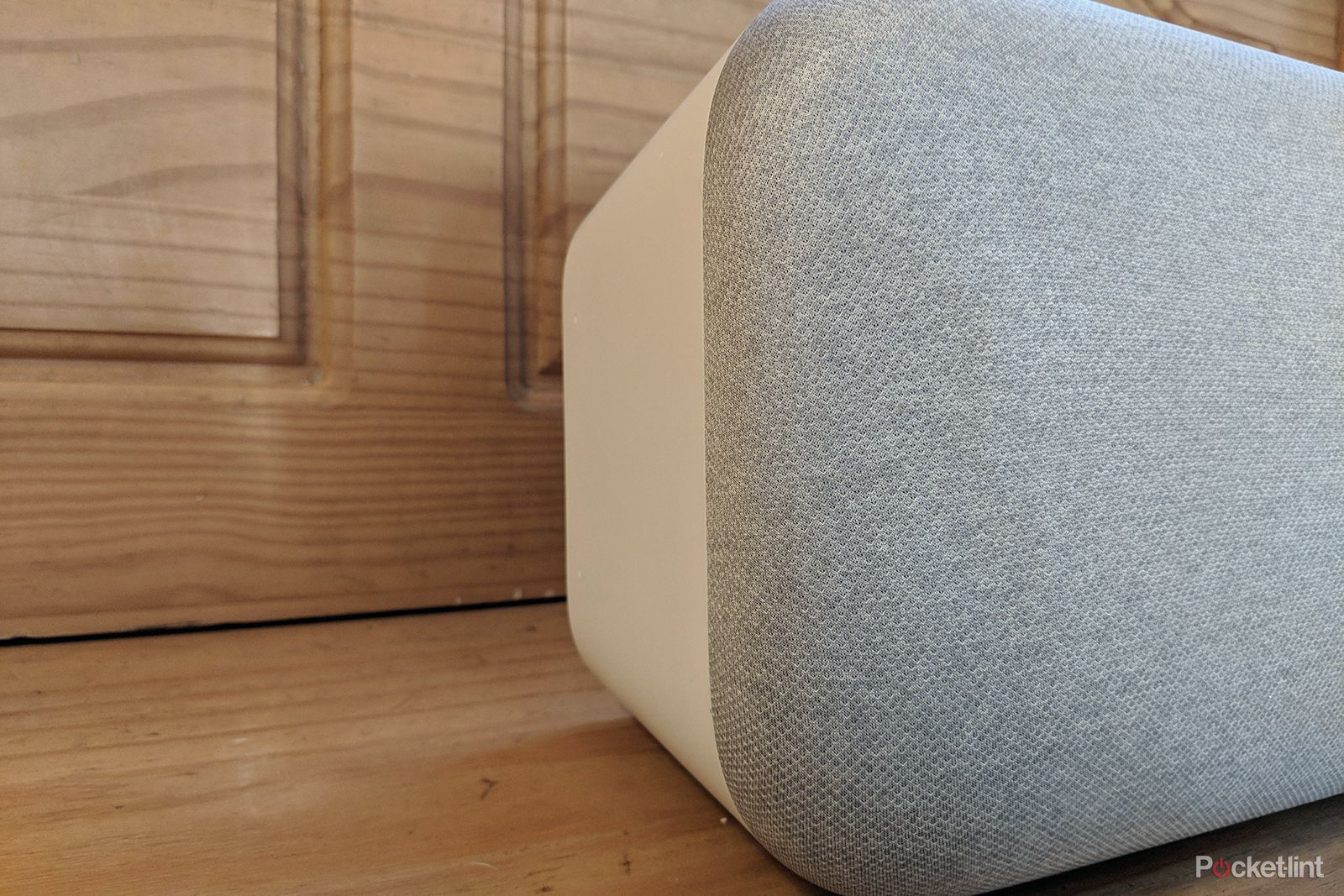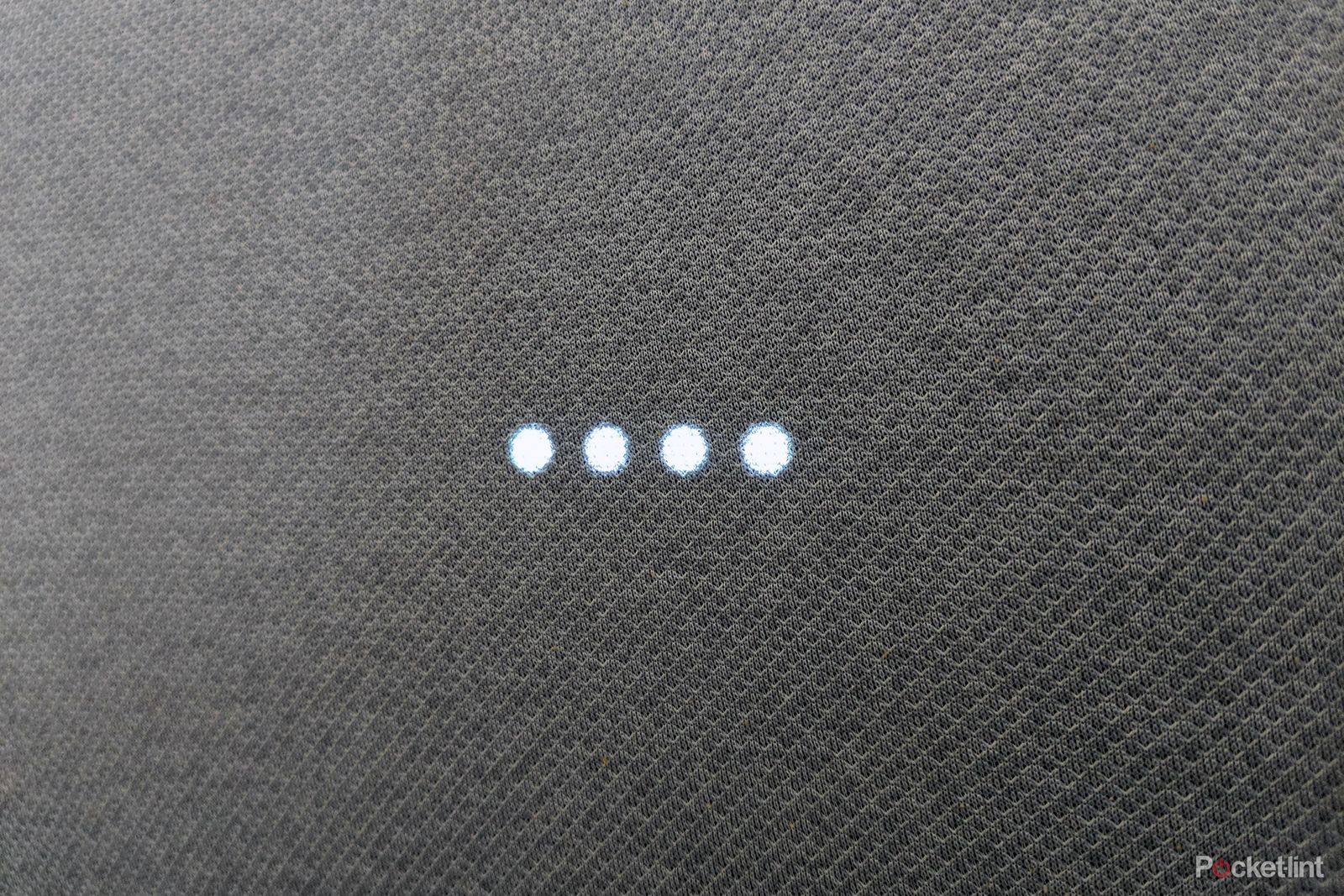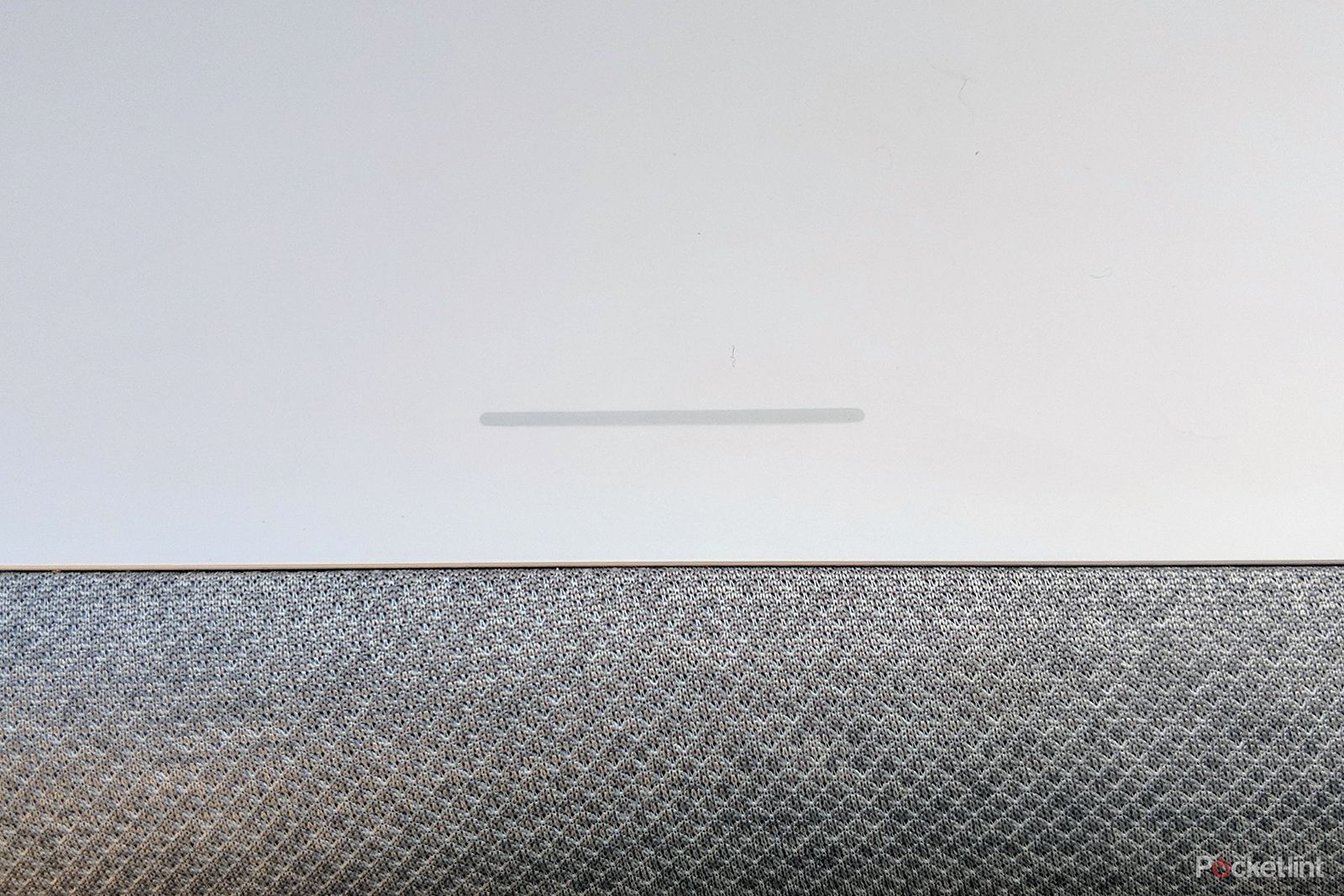Google has to steal your attention - or rather, your ears and voice - from the competition, as the world of smart home and voice-controlled tech products continues to hot up. These days it's not just Amazon with its Echo line - which features Amazon Alexa, the best-known voice assistant - but also Apple, Microsoft, and a number of other players with their own systems.
There are a tonne of smart speakers available now, all at various price points and with differing degrees of features, so it's up to you to navigate through them all and figure out which one is the ideal match. Do you want to spend the least amount possible? Have the widest range of connected features? Or is price no object and you want the most premium sound? Do you care more about fancy features like a touchscreen display?
Well, if price isn't a thing and you're mostly concerned about audio quality, consider the Google Home Max speaker. It's basically the same thing as Google Home and Google Home Mini, only it's physically massive and packs a far bigger sound.
Our quick take
Google Home Max offers maximum sound, but it also has a maxed-out size and price tag. If you're tied to Google's ecosystem and want premium sound then it's a potentially perfect fit.
But can Google really demand Sonos-level pricing on its first large-scale outing? It sounds good, sure, but we think it would need to undercut on the price front to be a true rush-out-and-buy-it-now speaker.
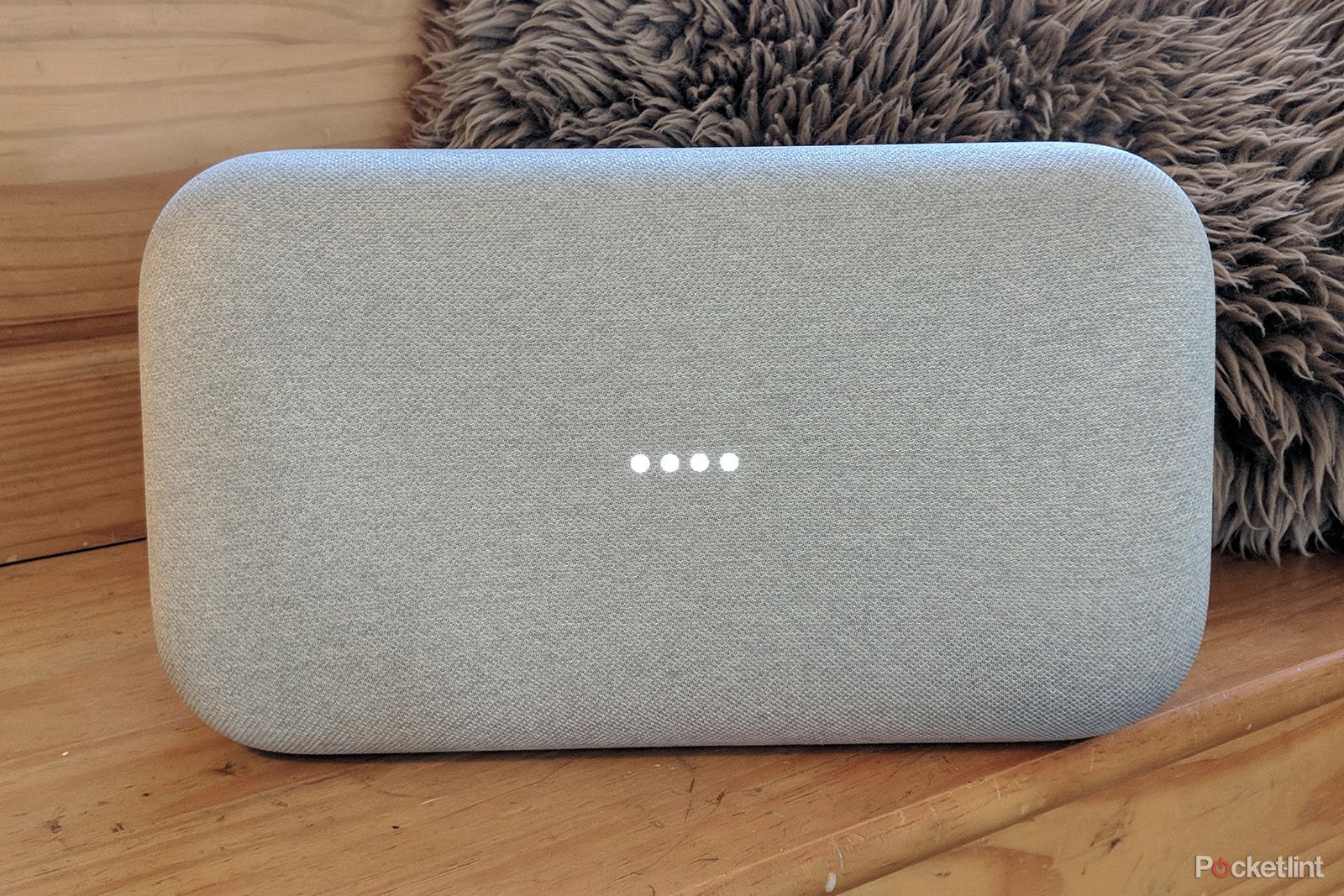
Google Home Max - 4.0 / 5
| FOR | AGAINST |
|---|---|
|
|
Google Home Max
How big is Home Max?
- Weighs nearly 5.3kg
- Has a 336.6mm x 190mm x 154.4mm footprint
- Comes in either "chalk" or "charcoal" shades
It's called Max for a reason. It weighs nearly 5.3kgs and looks almost comically large, especially when sat next to the Google Home or Google Home Mini. Its considerable footprint lets you know it's a proper speaker. If we had to compare it to another premium speaker on the market, we'd say it's close in size to the flagship Sonos Play:5.
The front grille is cloaked in an 'acoustically transparent fabric', which is the same soft-touch material on the Google Home Mini, available in either chalk or charcoal minimalist grey finishes. The rest of this rounded, rectangular beast has a polycarbonate housing with a smooth silicone base.
Can you wall-mount Home Max?
- Detachable power cable is 2m long (6.5ft)
- Has a magnetic, rubbery pad to sit upon
- Can be placed in horizontal or vertical orientation
Unfortunately, Home Max lacks any wall-mount or floor-standing abilities. So, you'll have to put this speaker on a flat shelf, bookcase, TV stand or wherever else you fancy. Luckily, the detachable power cable is long enough to cater for various locations without issue. We recommend moving it around to see where it fits best.
Due to it's large size, it'll be hard to find a great spot for Home Max in a typical living room - unless you have one of those extra large, fancy ones. However, thanks to a magnetic, rubbery pad - which helps to reduce vibrations - you can place the Max either vertically or horizontally.
The Max has a "carefully crafted shape and sensor" for either orientation, although you'll only get stereo sound in horizontal orientation. That's right, turn it vertically and it will switch over to mono. There's an orientation sensor on the inside that does this all automatically - we even discovered while taking pictures of Home Max that if you place the speaker upside down, it'll promptly tell you. Cool.
How do you set up Home Max?
When you unbox Google Home Max, simply plug it into the wall and then wait for it to play a chime to say that it's ready.
While it's doing that, download and open the Google Home app, then sign-in with your Google account and select the Devices icon in the top right corner. You'll see Google Home Max at the top of the menu.
Tap on Set Up and follow the on-screen prompts that will walk you through connecting the smart speaker to your local Wi-Fi network. You'll have to specify where Home Max will be placed within your house, then setup Google Assistant and connect it to your services.
How do you control Home Max?
- Capacitive touch strip to adjust volume
- "OK/Hey Google" voice commands
- Google Home app
There's a capacitive touch strip on the top of Home Max (well, when it's horizontal). You can slide a finger across it to adjust volume or tap it to pause playback. It works similarly to the touch ring on Google Home. If you don't want to use your finger, you can always use "OK Google" or "Hey Google" voice commands, or you can use the Google Home app.
There are six far-field microphones for picking up voice commands, ensuring voice pick-up in various environments, including when sound or music is eminating from the speaker.
On the back of Max there's a switch to disable the microphones, should you wish. There's also a USB-C port, which you can use with an Ethernet adapter for wired networking, plus a 3.5mm input jack to hook it up to other audio sources, giving plenty of options - more than in other Home products.
How does Home Max sound?
- Packs four drivers and six Class-D amplifiers
- Has Smart Sound for automatically tuning itself
- Supports dual-speaker stereo and multi-room audio
Part of the reason Max is so large is because it packs four drivers - that's two 4.5-inch/114mm high-excursion dual voice-coil woofers and two 0.7 inch/18mm custom tweeters, audio geeks - and six Class-D amplifiers.
The result? Home Max is super loud; if it's downstairs and you're upstairs you'll still have no problem jamming out. It's also powerful enough for a party and remains clear even at 100 per cent volume.
We're no lab-based audiophiles, so we can't give you detailed graphs about whether the highs are too sharp and the bass too loose (although it's a little bit lacking), but in our real-world tests this speaker has blown our minds - the Amazon Echo, Echo Show, and Google Home all sound paltry by comparison.
Part of Max's impressive sound is due to Smart Sound, a nifty feature that enables the speaker to automatically tune itself to its surroundings using machine learning. Google says it can adjust the equaliser settings to match the acoustics of your room for the most balanced sound - which might sound like nonsense, but Sonos has been delivering this with Trueplay for some time and it really works.
What's even better is that two Home Max speakers can be paired for a dual-speaker stereo configuration. Google just recommends you place them 3m/10ft. So, if you want an even more massive sound, that's available. It can get kind of pricey, though, given its £399 per speaker, but the Google Home app enables Home Max to be grouped with other Cast-enabled speakers for multi-room audio if that's more suitable.
Which audio sources does Home Max play from?
- Stream tunes over Wi-Fi from compatible apps
- Play songs over Bluetooth from your mobile device
- Plug it into a device using an AUX stereo cable
Home Max lets you stream tunes over Wi-Fi from compatible apps on your phone or laptop, and play songs over Bluetooth from your mobile device. You can also plug it into your record player using an AUX stereo cable. Home Max is a standard Cast speaker, so it supports Google's Cast protocol and will work with several compatible services.
Go here for a full list of compatible apps and services, but some of the more popular ones include YouTube, Google Play Music, Spotify, and Pandora. Unfortunately, it doesn't stream from Apple Music - though, as we said, you could always stream to the speaker over Bluetooth or plug it into an older iPhone through the 3.5mm jack on the back.
How well can Home Max hear you?
- Has six far-field microphones
- Won't hear you at higher volumes
- Only one Max will respond when two are paired
Home Max has six far-field microphones so that it can hear your voice commands from across the room... in theory. Like most other smart speakers, this works fine in certain situations. For instance, if the house is quiet, it'll hear you. If a couple people are talking nearby, it'll still hear you.
But if it's playing at higher volumes, forget about it. You'll need to scream at the thing to get it to notice you. And, more often that not, that won't even work. You'll physically have to walk over and touch the strip to turn down the volume. Also, we tried putting the Home Max next to our 65-inch 4K LG TV, but, for some reason, it couldn't hear us at all if the TV was on and outputting any sound.
How does Assistant work on Home Max?
- Works like Assistant on Home and Home Mini
- Play music, control smart devices, and more
- Connect to other Google Home devices like Chromecast
Google Assistant on Home Max works just like Assistant on Home, Home Mini, Nest Hub and Nest Hub Max. You can use it to play music, ask Google questions, control smart home devices, connect to other Google Home devices (like Chromecast and Chromecast Audio), and more.
- What is Google Assistant and how does it work?
- Google Assistant tips and tricks: Master your Android assistant
We mostly use Assistant on Home Max to play YouTube videos on our 4K TV (via Chromecast Ultra), turn our basement heater on or off (via the TP Link smart outlet), and get updates about the weather and news. Assistant is very much like Amazon's Alexa, but it's much better at contextual conversational commands and finding info on the web.
Google Home Max
To recap
Google Home Max offers maximum sound, but it also has a maxed-out size and price tag. If you're tied to Google's ecosystem (not Amazon Alexa) and want premium sound, however, then it's a potentially perfect fit.

